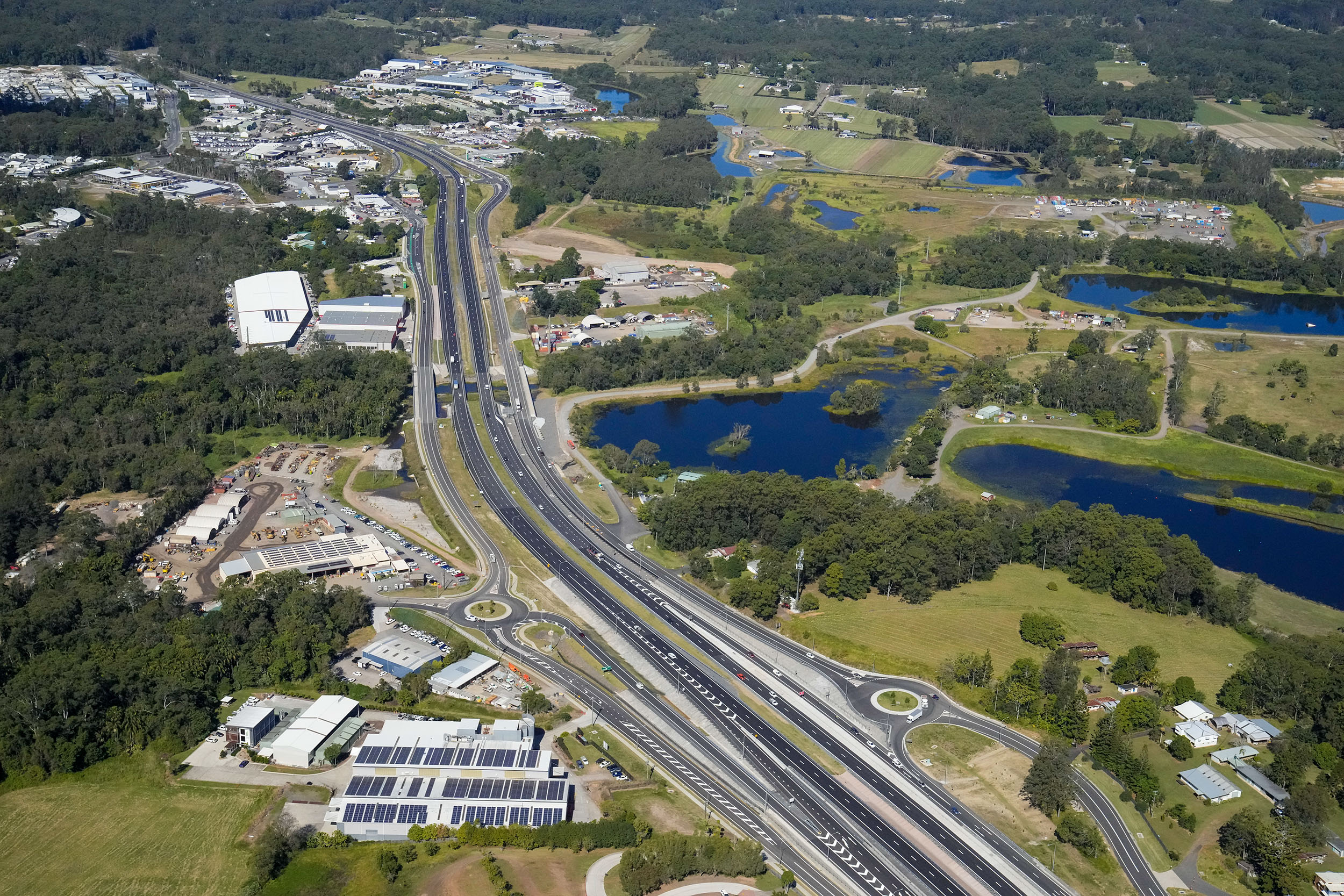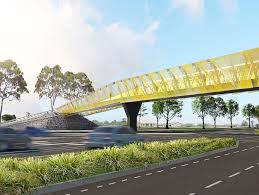
Overview
The Western Roads Upgrade will transform the arterial road network in the western suburbs by boosting capacity and significantly improving road pavement conditions and network infrastructure. The project will deliver a combination of road widening, duplications and intersection upgrades on eight arterial roads in the western suburbs, including:
- Dunnings Road and Palmers Road upgrade, Point Cook Road to Princes Freeway, Point Cook;
- Palmers Road upgrade, Princes Freeway to Western Freeway, Truganina
- Derrimut Road upgrade, Sayers Road to Dohertys Road, Tarneit;
- Leakes Road upgrade, Fitzgerald Road to Derrimut Road, Truganina;
- Dohertys Road upgrade, Fitzgerald Road to Grieve Parade, Laverton North;
- Dohertys Road upgrade, Foundation Road to Palmers Road, Truganina;
- Princes Freeway/Forsyth Road interchange upgrade, Hoppers Crossing; and
- Duncans Road interchange, Werribee/Werribee South.
Details
- Rating Type Road
- Registered Date February 2018
- Jurisdiction Australia
- States VIC
- Capital Value $630 Million
- Other Stakeholders , pitt&sherry, KBR, Hatch, Amey, Urbis, GTA consultants, Grimshaw Constructors
Website
For more information on this project, visit the Victoria State Government website.
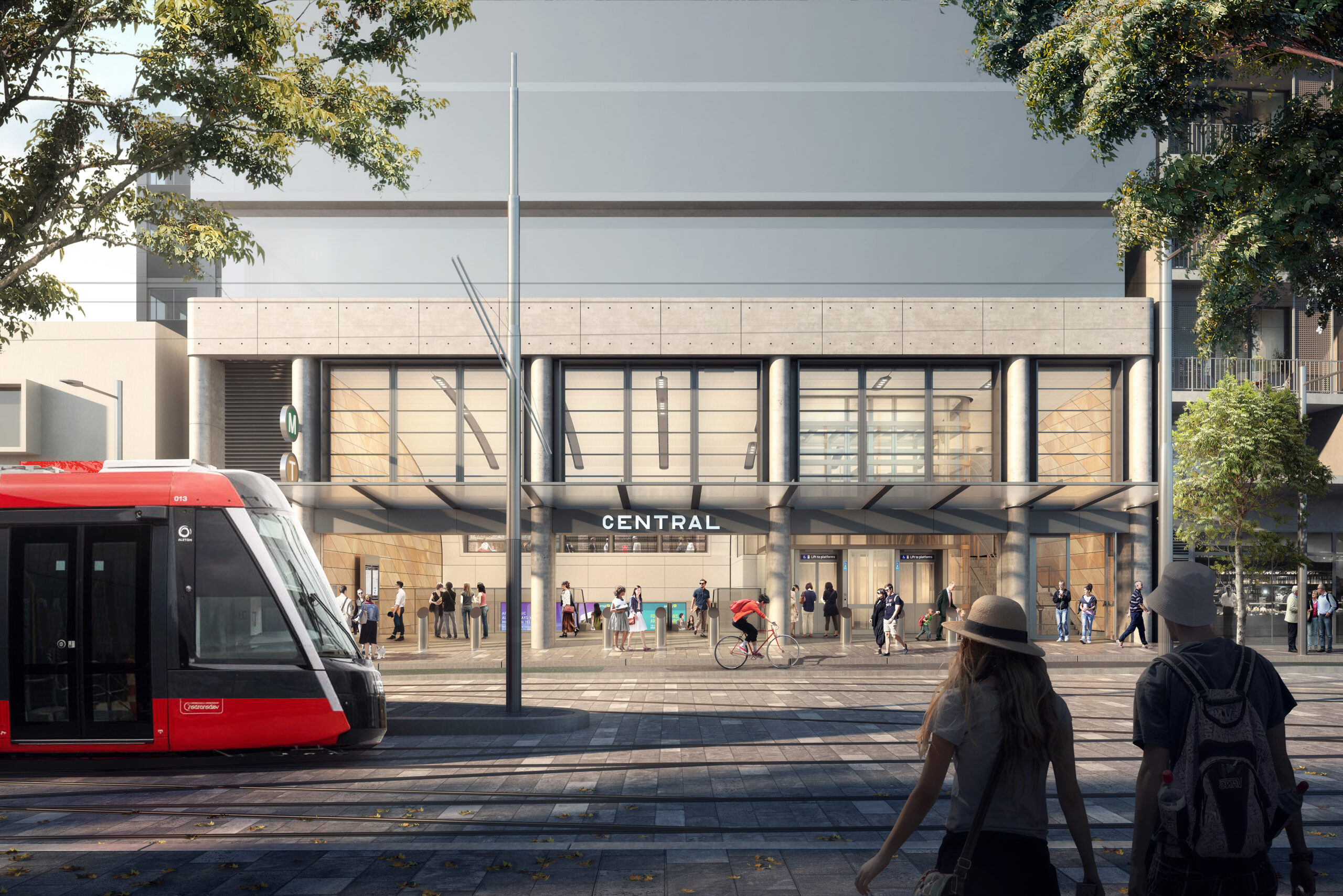
Overview
Sydney Metro is Australia’s biggest public transport project. It will transform Sydney, delivering more trains and faster services across the network.
In 2018, Laing O’Rourke was awarded a $955 million contract to transform Sydney’s Central Station, delivering new Sydney Metro platforms beneath the station and an extensive pedestrian concourse, known as Central Walk. The project will revitalise and transform Australia’s busiest commuter hub.
Construction of the new metro platforms at Central Station is taking place in the area around and under the former platforms 13, 14 and 15 and between the suburban and country lines to the south.
Central Station Metro IS Rating boundary includes the upgrade and construction of new Sydney Trains Assets at the pre-existing Central Station. This includes:
- Two new underground concourses
- North South Concourse is a new underground concourse at Central Station oriented north-south above the new Metro station (and below reinstated surface platforms)
- Central Walk is a new underground pedestrian concourse at Central Station that will better connect passengers to trains, light rail and the new Sydney Metro underground platforms.
- The demolition and reinstatement (construction) of suburban rail platforms 12, 13 and 14, including shifting them southwest by 2.5m to incorporate the new Northern Concourse
- Refurbishment of the Northern and Grand Concourse at the north end of Central Station which links the existing and newly constructed parts of the station and serves as the main access points at Eddy Avenue. This includes a new vaulted roof and creation of a large void to reveal the existing heritage buildings at the access point from Eddy Avenue and existing Grand and Northern concourse.
- A new Eastern Entrance to enable commuter access from the eastern side of Chalmers Street from the light rail stop. This new entrance will be facilitated through the demolition and excavation below an existing building.
Rating Highlights
Energy and Carbon
100 year lifecycle carbon and energy modelling outcomes include:
- energy reduction of 36.53% compared to the base case footprint
- substitution of energy sources to renewable sources by 13.15% compared the base case footprint
The outcomes were due to the following efficiencies for the operational Sydney Trains assets:
- Lighting – LEDs,
- HVAC – variable speed drive,
- Elevator – regenerative braking, and
- Solar Power – generates 366.33MWh/year
Construction phase energy efficiencies include:
- B5 Biodiesel use, and
- 25% carbon offset of electricity
These include the substitutions to renewable energy sources:
- B5 biodiesel in construction, and
- Solar Power in operations.
Water
100 year lifecycle water consumption modelling outcomes include:
- consumption reduction of 20.48% compared to the base case footprint
- potable water substitution of 90% compared to the base case footprint
The outcomes are due to the following efficiencies for the operational Sydney Trains assets:
- WELS star rated toilets, urinals and taps above standard practice
Construction phase water efficiencies include:
- WELS star rated fixtures and fittings at site compound, and
- Misting / Fogging machine dust suppression techniques rather than hose pipes
Substitutions of potable water use were applied where non-potable water could be used, this includes:
- Use of rainwater for site compound ablutions and washdowns in construction, and
- Use of rainwater harvested from the Northern Canopy in toilets, urinals and for washdown throughout the station in operations.
Community Health and Wellbeing
Measures to positively contribute to community health and wellbeing for three priority issues have been identified and implemented. The priority issues of the community include:
- Workforce Development and Industry Participation
- Local jobs
- Local sustainable jobs (long term new employment)
- Australian and New Zealand Small to Medium Enterprise’s (ANZ SMEs) in the supply chain
- Support People Experiencing Homelessness or at Risk of Homelessness
- Integrated Transport for a Connected City
The following positive contribution measures are underway:
- Workforce Development and Industry Participation is tracking well with ANZ SME targets met early
- Support People Experiencing Homelessness or at Risk of Homelessness is tracking well with multiple long term and short term initiatives completed for charity partners Foster House (a mens shelter) and Women and Girls Emergency Centre (a women and children shelter).
- Upgrading the existing central station to enhance connectivity between transport modes and the surrounding areas. Community representatives provide insights to accessibility and connectivity and their positive responses have increased as design progressed.
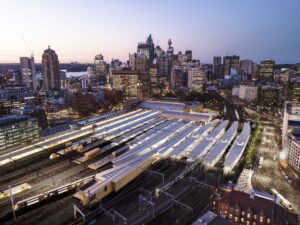



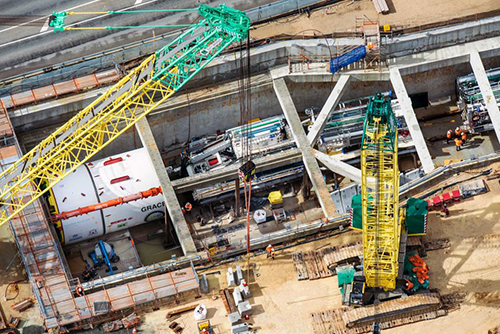
This project by PTA, Salini Impregilo, NRW and GHD has achieved an Excellent Design v1.0 IS Rating.
OVERVIEW
The $1.86 billion Forrestfield-Airport Link is jointly funded by the Australian and Western Australian governments and will deliver a new rail service to the eastern suburbs of Perth – with three new stations at Redcliffe, Airport Central and High Wycombe.
The rail link forms part of the METRONET vision to create liveable communities connected by world class public transport. The line will spur off the existing Midland Line near Bayswater Station and run to High Wycombe through twin-bored tunnels.
The project’s new rail services will fully integrate with the Transperth bus and train network, allowing a 20-minute rail journey into the Perth CBD from High Wycombe Station, as well as improved bus connectivity for the eastern suburbs, foothills and surrounding community. Redcliffe and High Wycombe stations will have rail-bus interchanges and 1700 new car parking bays.
In April 2016 the Public Transport Authority awarded the design, construct and maintenance contract to Salini Impregilo (Webuild) – NRW Joint Venture.
The Forrestfield-Airport Link project is due to be completed in the first half of 2022. Once operational the rail link will:
- increase public transport options for the eastern suburbs and foothills area
- create additional capacity on the Midland Line to meet the growing passenger need
- support domestic and international tourism with improved access between the city and Perth Airport
- drive residential and commercial development around the new stations at Redcliffe, Airport Central and High Wycombe
- relieve pressure on Perth’s roads.
Sustainability has been identified as one of the State Government’s key attributes of the Forrestfield-Airport Link project. By extending the public transport network, the Project will make a positive contribution towards sustainable development in reducing vehicle use by commuters as well as improving the liveability, connectivity, and amenity for current and future residents in the eastern suburbs.
In July 2018 the project achieved an Excellent Design v1.0 IS Rating.
Sustainable outcomes
- The majority of the alignment is underground in twin bored tunnels leading to better environmental outcomes, including less drawdown on the water table, fewer vegetation disturbances and reduced noise and vibration during construction and operation of the rail line.
- Station solar panels will result in a reduction of approximately 400,000 kWh per year, which is the same amount of electricity used by 56 Perth households per year.
- Concrete mixes were specifically tailored for the project’s needs and have maximised the amount of recycled materials used. In some instances, up to 65 per cent of Portland cement has been replaced with waste from other industries.
- The project’s design features new technologies and innovative aspects to ensure the safety of both passengers and staff throughout operation. This includes the use of a Fixed Earthing Device. The device allows the network to be isolated remotely and quickly, thereby removing the need for staff to undertake this onsite in a potentially hazardous situation.
- Ground freezing was undertaken to install cross passages, reducing jet grouting requirements, thereby minimising materials. Ground freezing also allowed for less intrusion above ground. Additionally, this technique only results in a temporary freeze to groundwater, rather than a permanent amount of concrete injected into the groundwater table.
- Offsets established for the project include the delivery of 12.4 ha of protected TEC and 29 individuals of Conospermum undulatum, and funding to continue protecting an existing population of an additional 1500 undulatum. These measures offset the 1.6ha of TEC SCP 20a and 25 individuals of C. undulatum impacted by the project.
- Sustainable water sourcing has occurred from the outset of the project’s construction. Consideration of factors including set-up costs, haulage requirements, and the groundwater quality available at each site location resulted in non-potable groundwater being used for all construction activities. In cases where water quality was not adequate, water was processed in an RO Plant on site to enable its use in the grouting plant and the tunnel boring machines.
Website
To find out more about this project, visit the project’s website www.forrestfieldairportlink.wa.gov.au
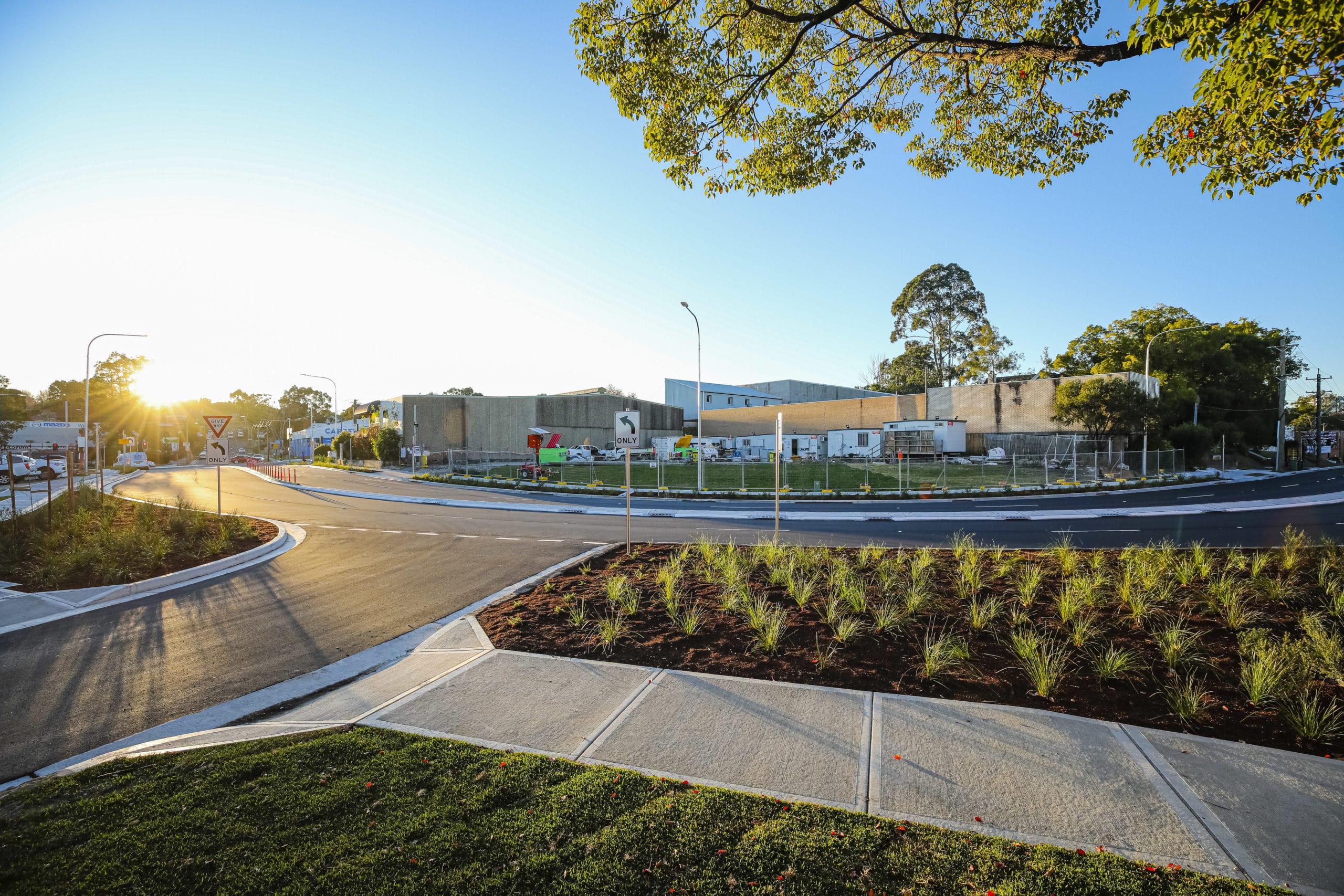
The Enabling Works portion of Stage 1 of the Parramatta Light Rail involved the final design and construction of specific local road improvements and adjustments to maintain performance of the road network during light rail construction and operations. The Enabling Works will facilitate the later stages of the Parramatta Light Rail.
As part of the project, George Street in the Parramatta CBD become two-way and O’Connell Street in North Parramatta was widened to four lanes. Greater traffic capacity was also provided along Barney and O’Connell Streets in North Parramatta as an alternative to Church Street (where light rail will travel operate), to minimise disruption and improve traffic flow.
Project Highlights:
Highlight 1
- 35.2% reduction in water use across construction. Across the project, a number of initiatives were implemented aimed at reducing water consumption and increasing potable water replacement across the infrastructure lifecycle:
- Dust suppression – widespread use of geo fab and staged works to minimise uncovered areas
- Trench depth reduction – revision of scoped design to reduce trench depths including savings on vacuum excavation.
- Dry-vac trenching as opposed to hydro-excavation utilising joint venture partner Ward Civil’s dry vac truck technology.
*This reduction in water usage also led to award of an innovation point for exceeding the credit benchmark.
Highlight 2
- 28.7% reduction in energy use A number of initiatives were employed to achieve this result including:
- Use of LEDs over HPS lamps for streetlighting in replaced installations
- Trench depth reduction initiatives included revisions to scoped design of the utility trench depths to significantly reduce both fuel and materials required to complete the project works.
- Greenpower – all site offices and crib rooms utilised 100% certified green energy (energy from renewable sources) from the electrical retailer for the life of the project works
Highlight 3
Heritage Enhancement initiatives The project works not only monitored and demonstrated maintenance of heritage values, but in-line with the project Heritage Interpretation Strategy resulted in enhancement. This was primarily accomplished through the re-use of salvaged sandstone blocks from North Parramatta, which were utilised as curbing along O’Connell Street in North Parramatta and in works in the Queens Wharf Reserve in Parramatta. This re-use evidenced the incorporation and connection of the works to the historical remains and “enhancement” of heritage values at these locations as a result of the project works.
Description
The Northern Road Upgrade – Stage 4 realigned 5.5km of The Northern Road around the future Western Sydney Airport site. Stage 4 included the construction of a four-lane divided road and the adjustment of public utilities. It will improve traffic flow and connectivity in the western Sydney region and facilitate the construction of Western Sydney Airport.
The Northern Road stages 4, 5 and 6 were assessed under a single EIS – The Northern Road Upgrade – Mersey Road, Bringelly to Glenmore Parkway, Glenmore Park – December 2017. The project was determined by the NSW Minister for Planning under Part 5.1 of the Environmental Planning and Assessment Act 1979 (NSW) (EP&A Act).
The ISC rating was a program rating across stages 4,5 and 6 and occurred under Version 1.2 of the rating scheme.
Rating Highlights
| Category |
Credits |
Achievements/Risks |
| Climate Change Adaptation |
Cli-2 |
The project achieved a verified Level 3 with a score of 3.73. It demonstrated sustainable practices by:
– Planning for future climate-resilient infrastructure.
– Designing for higher temperatures and increased flood events.
– Using native plants to mitigate landscape degradation.
– Strengthening riparian corridors for ecological connectivity. |
| Energy and Carbon |
Ene-1 |
The Project achieved a verified level of 2.4 with a score of 7.99.
The project achieved a 21% reduction in lifecycle GHG emissions compared to the base case, equivalent to Level 2.38. |
| Materials |
Mat-1 |
The project achieved a verified level of 2.5 with a score of 3.74. It developed a comprehensive materials model for the 100-year lifecycle, using the Schedule of Rates (SOR) for tracking and estimating materials usage. The initiatives resulted in a 22.61% reduction in lifecycle environmental impacts. |
Certification Date
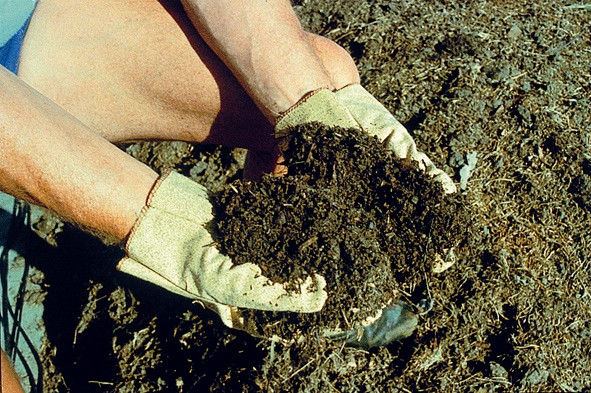
Overview
Sydney Water’s LSCTP i is adopting several innovative process technologies which will be a first for Australia, deliver significant sustainability outcomes, and hopefully help pave the way to a more sustainable water services industry.
As part of upgrades to two water recycling plants at St Marys and Quakers Hill, Sydney Water is introducing the transfer of biosolids from Quakers Hill to a regional biosolids hub at St Marys. This creates the scale and feasibility for a new anaerobic digestion plant at St Marys, with the flexibility to implement co-digestion. This will deliver both processing efficiencies, and in turn allow for a co-generation plant with significant energy recovery from biogas.
Paving the way for the adoption of these innovations was Sydney Water’s Lower South Creek Strategy in 2013, followed by the formation of the Lower South Creek Delivery Partner (WSP and UGL) in 2016, with Stantec and AA JV, a joint venture of AECOM and Aurecon, collaborating on design.
Details
- Rating Type Waste
- Rating Score 69.7
- Registered Date December 2017
- Practical Completion December 2020
- Jurisdiction Australia
- States NSW
- Suburb Western Sydney
- Assessor James Logie
- Capital Value $300 Million
- Other Stakeholders UGL Limited, WSP
Website
To find out more about this project, visit the Sydney Water website.
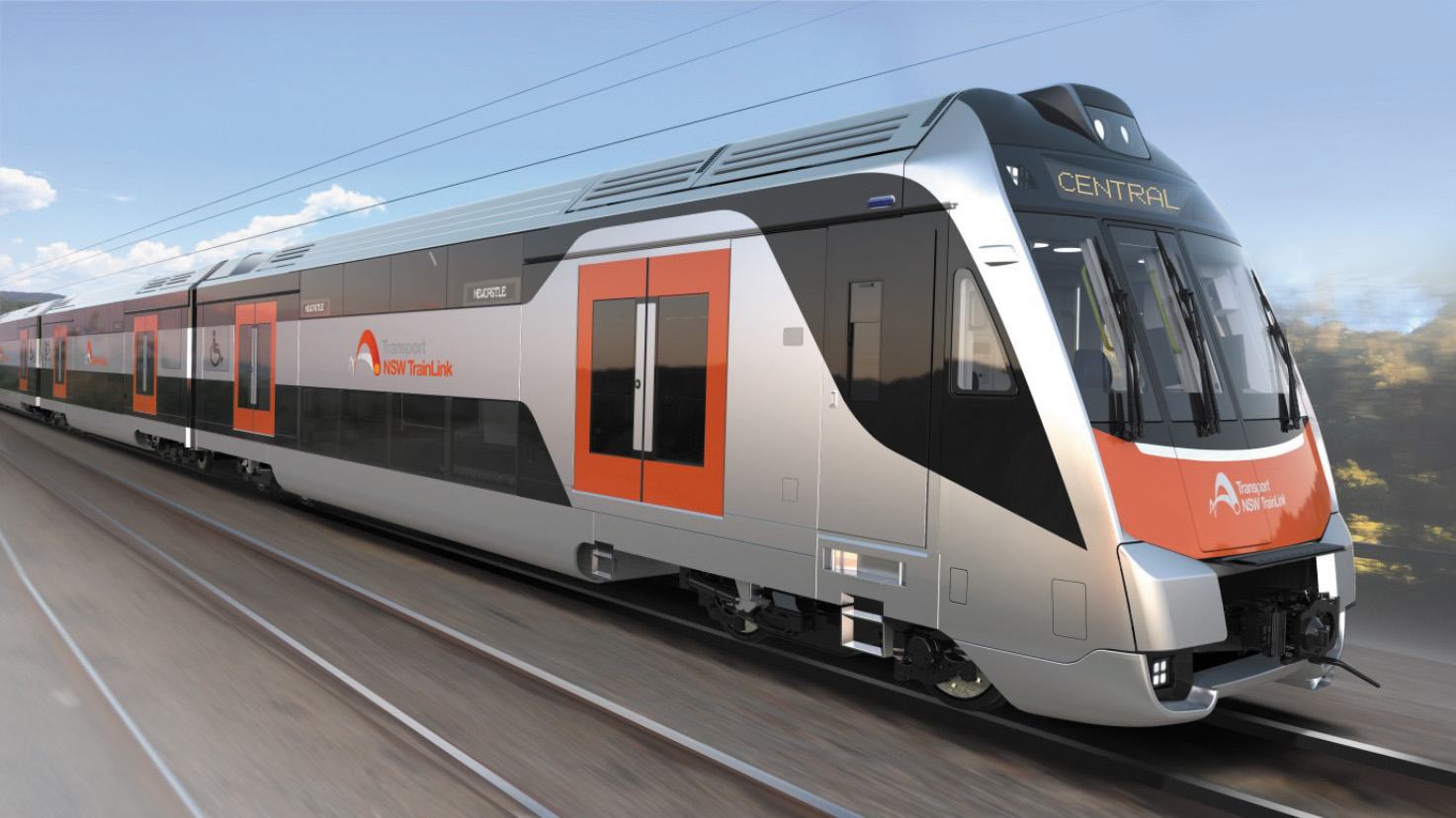
This project by Transport for NSW has registered for a Design v1.2 IS Rating.
Overview
A new fleet of intercity trains will come into service from late 2019, carrying customers from Sydney to the Central Coast, Newcastle, the Blue Mountains and the South Coast.
Key benefits:
Improved accessibility, enhanced safety, improved comfort and modern features including:
- Wider, more spacious two by two seating for extra room and comfort with arm rests, tray tables, and high seat backs
- Charging ports for mobile devices, and dedicated spaces for luggage, prams and bicycles
- Improved accessibility including wheelchair access and accessible toilets
- Improved customer information through digital information screens and announcements, CCTV and help points, and modern heating, ventilation and air conditioning.
Details
- Rating Type Rail
- Registered Date July 2018
- Jurisdiction Australia
- States NSW
- Suburb Sydney
- Assessor Matt Dimarco
- Capital Value $270 Million
- Other Stakeholders Arcadis Australia Pacific, Transport for NSW (TfNSW), SMEC, Architectus, BG&E, Norman Disney Young, Renzo Tonin, Calibre
Website
To find out more about this project, visit the Transport for NSW website.
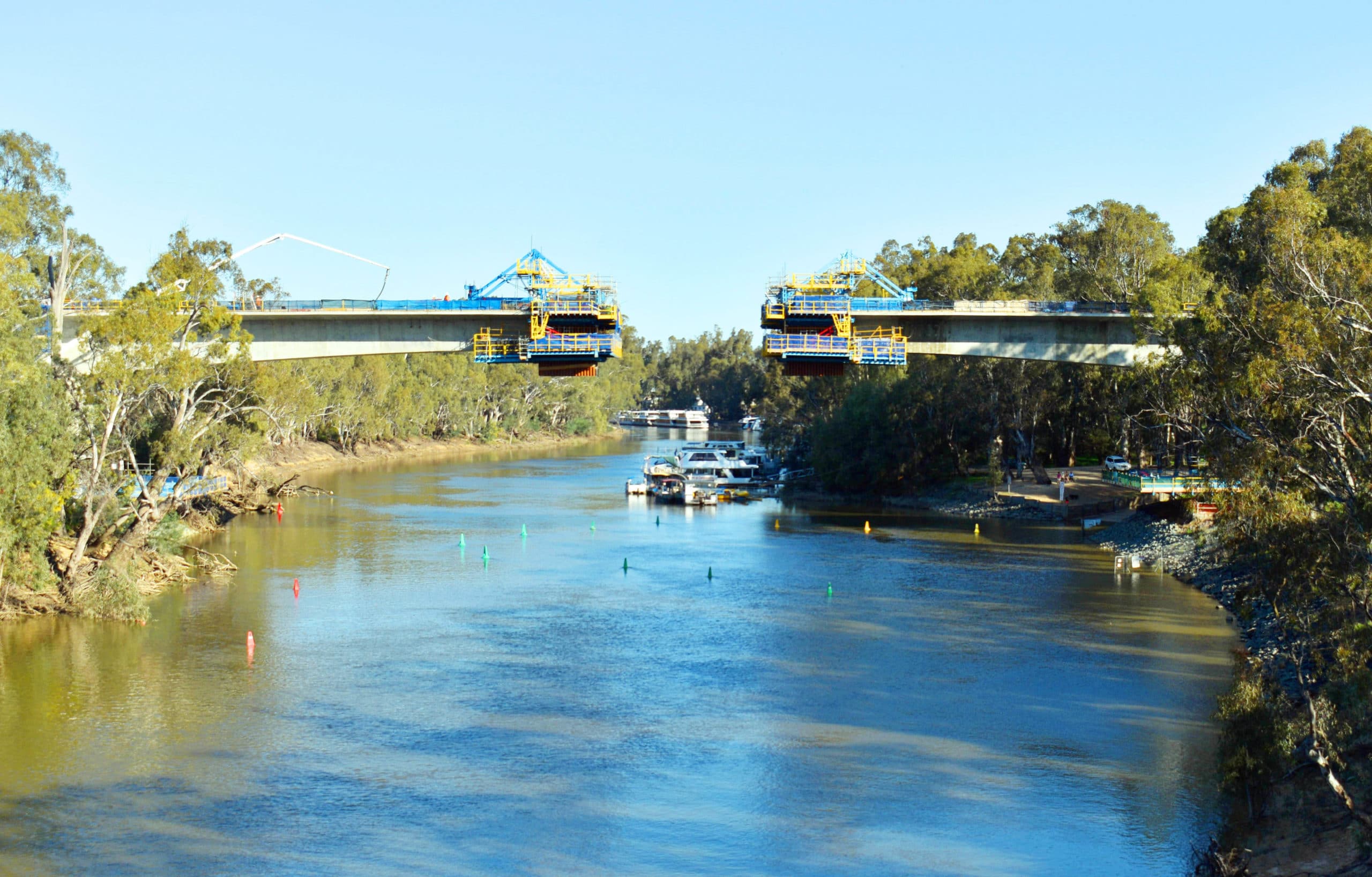
This project by Major Road Projects Victoria has registered for a Design v1.2 IS Rating.
Overview
Echuca in Victoria and Moama in New South Wales are connected by a single Murray River Bridge, which was built in 1878.
A new bridge will connect the Murray Valley Highway and Warren Street at Echuca with the Cobb Highway at Perricoota Road in Moama.
The project will be constructed in four stages:
- Murray Valley Highway/ Warren Street roundabout
- Warren Street upgrades
- New bridge road (over the Campaspe and Murray River)
- Upgrades to the Cobb Highway/Meninya Street/Perricoota Road intersections
Details
Website
To find out more about this project, visit Victoria’s Big Build website.
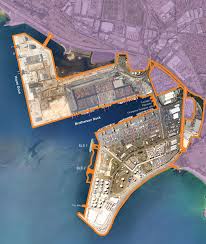
This project by NSW Ports has registered for a Design v1.2 IS Rating
Overview
The Brotherson Dock was built 40 years ago and is degrading through environmental conditions – i.e. salt water ingression and operational wear and tear.
The Life Extension project involves the implementation of an impressed current and hybrid cathodic protection system:
- Over 24,000 anodes installed
- Sealant applied on warf surface
- Hybrid corrosion protection of seaward face of capping beam
- Water based cathodic protection of submerged concrete elements
Details
- Rating Type Ports
- Registered Date February 2018
- Jurisdiction Australia
- States NSW
- Suburb Port Botany
- Capital Value $16 Million
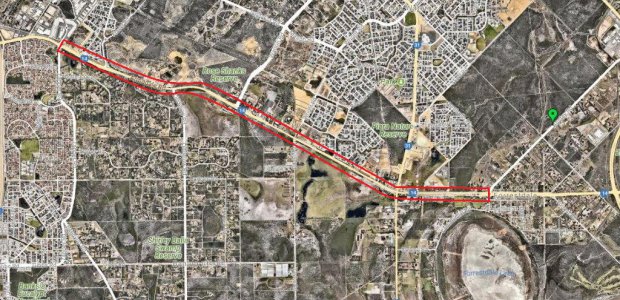
This project by Main Roads Western Australia has registered for a Design v1.2 IS Rating
Overview
Armadale Road is a strategic freight route connecting the South West and the South East corridor. It is one of the main east-west links within the Perth metropolitan transport network. The link passes through industrial areas, rural subdivisions, recently developed and planned residential subdivisions and connects Armadale sub-regional centre and Albany Highway, forming part of the route to the Fremantle Port.
The project will upgrade the 6.9 km section of Armadale Road from Tapper Road to Anstey Road, and will provide additional lane capacity to improve safety and operational efficiencies in the area, along with better access and traffic flow
Details
- Rating Type Road
- Registered Date April 2018
- States WA
- Suburb Perth
- Capital Value $235 Million
- Other Stakeholders Main Roads Western Australia
Website
To find out more about this project, visit the Mainroads Western Australia
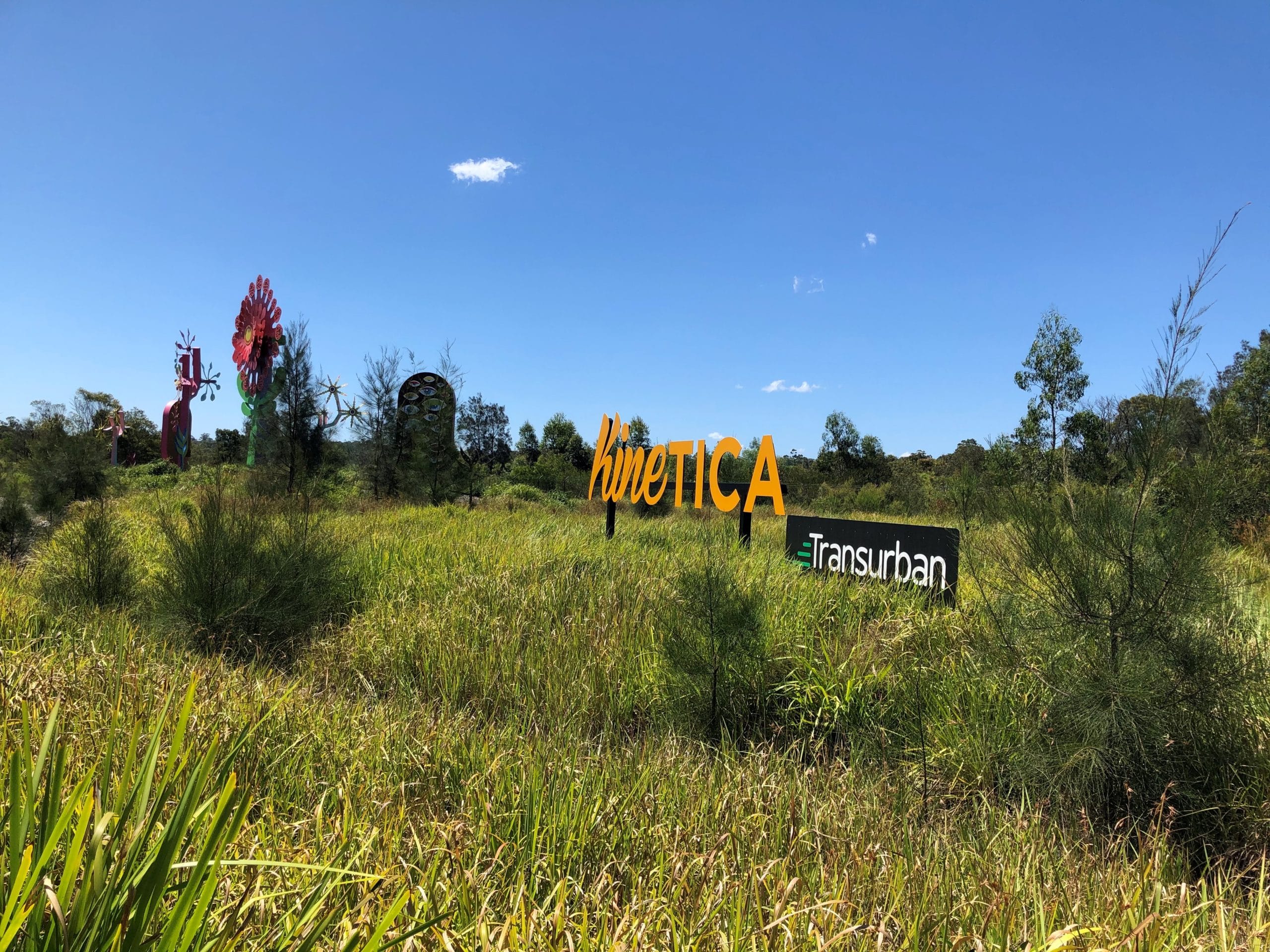
The Hills M2 Motorway is a 21-kilometre road linking Sydney’s lower north shore and the northwest regions. The M2 Motorway connects with Westlink M7, the Lane Cove Tunnel, and the NorthConnex tunnel. The motorway was first opened in 1997, with a widening and upgrade completed in 2013. Transurban took over operational control the M2 Motorway in 2005 and in 2014 Transurban (via NSW subsidiary TollAust) acquired 100 per cent of the operations management on the motorway. The M2 Motorway is under concession until 2048. Ventia are the current Operations and Maintenance contractors.
The M2 Motorway consists of the following major features:
- Main carriageway, Eastbound and Westbound – an approximate 21km dual carriageway open road motorway with 2-3 lanes in each direction as well as on and off ramps to connecting roads;
- A 2-way, 2 lane bus way between Beecroft Road, Epping and Windsor Road, and Baulkham Hills between the eastbound and westbound expressway carriages;
- Interchanges and connections to arterial roads and crossings of the M2 Motorway for motorists and pedestrians;
- Norfolk Tunnel – A 460 metre tunnel with 3 lanes in each direction with three emergency cross passages;
- Motorway Control Centre – located on TollAust Lane, North Ryde;
- Alternate Traffic Control Centre – located at the Eastern Portal communications room of the Norfolk Tunnel;
- Motorscapes Project – as part of a project to regenerate a laydown area adjacent to the motorway, the Motorscapes project was delivered which included an art installation, bush regeneration and landscaping;
- Mechanical and Electrical Systems supporting the operation and maintenance of the Motorway and associated systems; and
- Various Intelligent Transport Systems including Operations Management Control System used to manage, monitor, and control the Motorway.
Website: https://www.transurban.com/








